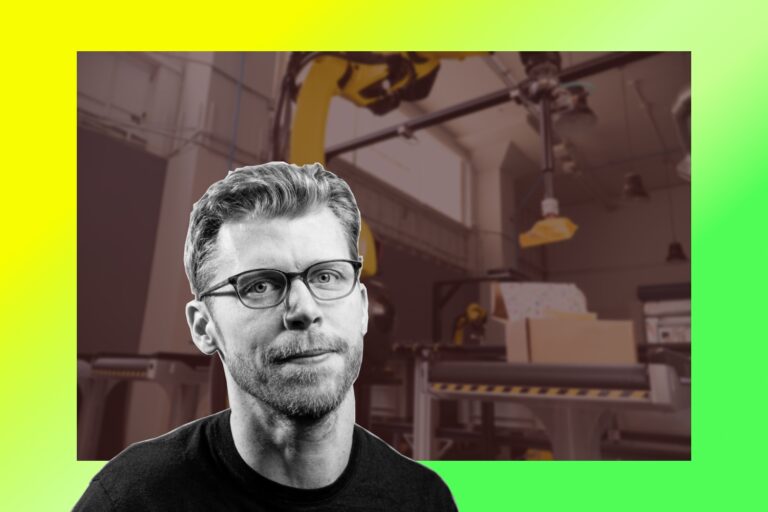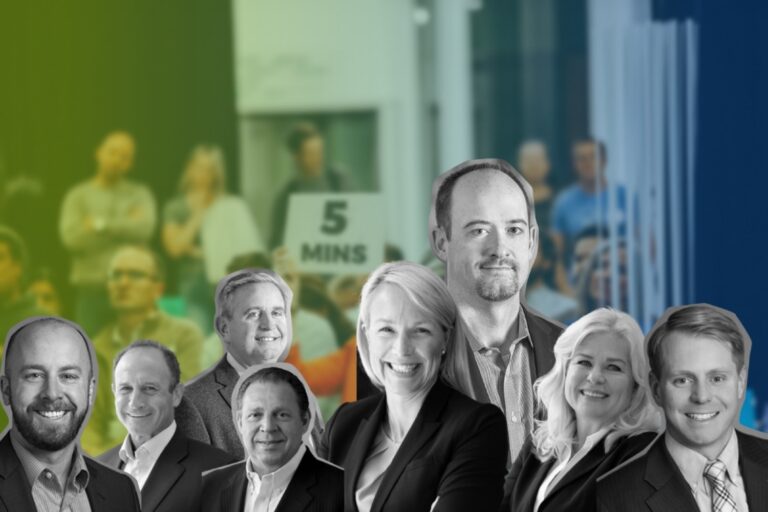How Uber Scales from a Tiny Startup to One of the Most Successful Giants in Silicon Valley
Ten years ago, UberCab was launched in San Francisco and now it becomes the global leader and one of Silicon Valley’s most powerful companies, also one of the most controversial. Uber now operates in nearly 600 different cities all over the world and owns a net worth of $70 billion. Its 40-year-old CEO, Kalanick, is believed to have more than $6 billion. Through times, this company has been through numerous successes and challenges. Still, it has been one of the world’s most valuable startups. Here is how their story begins.
The Origin of the Idea “Uber”
The story began in the summer of 2008 with Garret Camp, a mild-mannered Canadian software designer, who happened to own $75 million in his bank account after selling his first start-up, StumbleUpon. He was waiting for a cab in San Fransisco’s bay area for nearly thirty minutes although it had promised him to be there in fifteen. Then an empty cab from a competitor company come by, he hailed it and got in. After a few minutes, there was a call from the original taxi company asking where he was, and he replied that they were so late that he had to get in another cab.
This happened regularly for Camp which resulted in the fact that both taxi companies that he dealt with, Luxor and Yellow, backlisted him. The taxi switchboard companies would immediately cut him off as soon as they saw his number. This caused the young Canadian some troubles since hailing a cab was now more difficult for him.
One evening, while standing on a street corner and running late for a date, Camp had the proverbial light bulb moment. He noticed that with his brand-new Apple iPhone, which was GPS enabled, he could request a cab directly from his phone by simply pushing a button that says, ‘Pick Me Up’. This way would help completely remove the dispatcher.
Camp acknowledged that his iPhone even had more features like an accelerometer, which could allow for tracking of not just where a car was but how fast it was moving. As a result, it could inform the users about the beginning and the end of the trip, together with its duration and price. Linking the rider with the driver could also cut out the middleman, which reduces the costs.
Travis Kalanick-the symbol of Uber
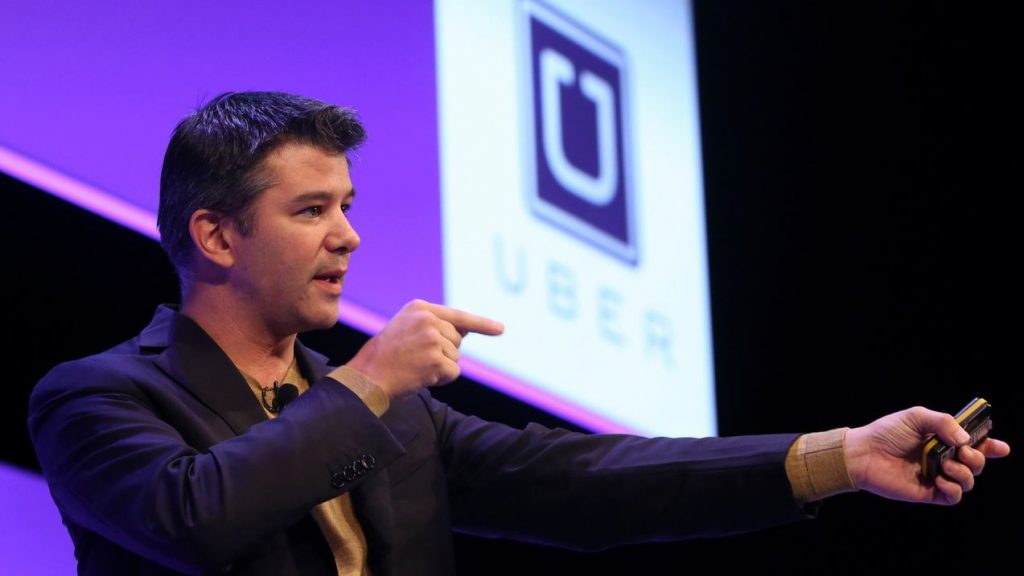
On August 8th, 2008, Camp paid $35 to reserve the website ‘www.UberCab.com’. Later he also tried to find feedback about his idea from his circle of entrepreneurial friends. Later more people started to notice his idea, slowly some began jumping on board. One of them included Travis Kalanick, who was later a successful as well as a controversial symbol of the company.
The young San Fernando Valley resident, Travis, used to be involved in numerous start-up projects before naming Scour, Red Swoosh, Formspring, yet in the end, he chose UberCab as his main focus.
In early 2009, Travis was the man who proposed the idea that later became pivotal to the future Uber model. While Camp was envisioning the future of UberCab with purchasing a fleet of vehicles, Travis told him that he did not need to buy cars. He suggested to just give the app to drivers and let them be free agents. This also means the decision depends on the drivers when they wanted to work. The concentration for both men was on limousine rides, instead of the normal taxi rides.
Kalanick then signed on as an advisor to Uber and owned a 10% stake of the company. The app took more than a year to develop and by January, both Camp and Kalanick began testing the service. Also, they drew the plans to launch operations in San Francisco. To make the first moves easier, Kalanick hired a middle management employee, Ryan Graves, to supervise the San Francisco launch.
Graves started to visit the garages to sign up limo drivers. When the service was first launched in late May 2010, there was just a handful of drivers and customers. Initially, the customers came from Twitter followers, who often kept track of what entrepreneurs were up to. Later both Kalanick and Graves were the CEOs, working together to find the investors.
The company was able to raise seed funding up to $1.25 million. It was at this point that Kalanick decided to go full time with UberCab. However, he was not happy to be in the same position as a guy that he had hired. Thus, he orchestrated a demotion for Graves and claimed the title CEO for himself.
Also, Kalanick demanded to increase his shareholding from 10% to 23%. Coincidentally on the day that he became CEO, the San Francisco Metro Transit Authority sent the letter and requested the company to stop operating. It assumed that the name ‘UberCab’ meant that they were nothing different from a taxicab company and worked under the authority’s direction.
And within 5 seconds, Kalanick was able to solve the issue by changing the name from UberCab to simply Uber. At the time he was taking over, the operation was small, and it made numerous mistakes. On Halloween of 2010, Uber offered a discount to riders, which created such a huge demand although, on their biggest day, they also left plenty of people unable to get a ride.
The growth was steady throughout 2010 but it was until the 2010 New Year period that the business started to blow up. This is considered as the result of word of mouth, which helped grow exponentially the Uber’s customer base. To keep up with the growing demand in San Francisco, Uber started to give away iPhones which were preloaded with Uber app for drivers.
The model was so successful in San Francisco that Kalanick began to replicate it in other cities. Under the guidance of the head of operations, Ryan Graves, the company changed its focus on other areas such as Seattle, Chicago, Boston, and Washington D.C.
At first, Graves tried to make as many connections in the tech world as possible. This led to the buzz and drew the attention of cutting-edge users. Once the word was being generated, they began to search for drivers and work through government regulations.
In the early days, Kalanick proved his ability in creating such a successful marketing strategy. Promotion would start with a blog post, telling how he related and how much he loved the city that they were moving into. He would emphasize its key attributes and then envisioned the brighter future of the city with Uber service.
By 2011, finding investment was no longer a difficulty for Uber. In February, Benchmark Capital invested $10 million into the company, which made Uber value at $60 million. At the time, the company was serving 9,000 customers and having $1.8 million in revenue. Also, it was estimated that it would get to $100 million gross revenue within a year, yet it could indeed achieve that goal in six months.
Enemies along with Political Obstacles
When Uber expanded to more cities across America, it started to experience some problems. Washington, D.C. was the sixth city that Uber was about to launch its service. But before they could do that, the city’s tax commissioner announced that Uber was having an illegal taxi operation.
On Martin Luther King Day, 2011, after ordering an Uber to a press conference at the Mayflower Hotel, the commissioner began to impound the driver’s car and issued a $20,000 ticket. But Uber did not stay silent when they ensured with all the drivers that all of their fines would be repaid and declared that they were not a taxi company, which could be subject to regulatory provisions.
One city after another, the opposers such as taxi companies, local and state agencies supported Uber’s shutting down. However, under the guidance of Bradley Tusk, Uber fought back. Additionally, they also ran social media campaigns aiming to stop the opposers, often meeting them in court. Luckily, the public was more on the side of the company.
By contrast, Uber still displeased its customers in some cases. For example, during the busy or rush hours, it would apply ‘surge pricing’ with increasing rates during these peak demand times. The surge pricing was the strategy to both attracting more drivers and encouraging some customers to find a cheaper service, which could help ease the demand on the service. However, it also dissatisfied the customer base and most of them blamed this on CEO Kalanick, which made him quickly known as a cutthroat businessman who was unwilling to listen to consumer sentiment.
By the end of 2012, Uber was operating in 27 different location and they also introduced UberX, which provides rides in hybrid cars. Yet this is the year that Uber met its major competitor, Lyft.
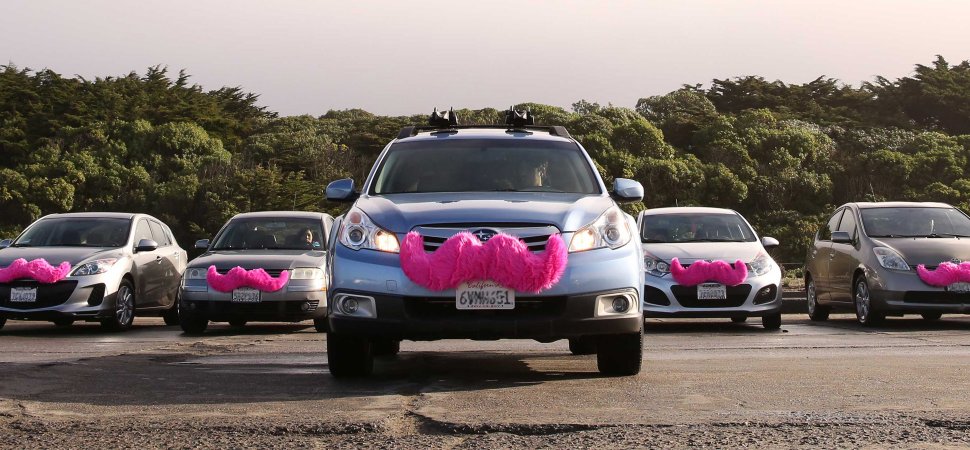
With Lyft, the users could have the lesser fare for the same distance and its smartphone was also modeled similarly to the Uber app. Lyft turned out to be a hit to the young, who liked a friendlier and more laid-back image.
To compete with Lyft, Uber set out the new rules to its game plan. Its first move to rebrand was to focus on how to reduce the price and get a rider from point A to point B as quickly and inexpensively as possible. Moreover, its eco-friendly alternative to a limo, UberX, also became an outstanding feature to beat traditional taxi services.
In early 2014, Kalanick hired Jeff Holden, a former Amazon executive, to be the product development manager. Holden believed that there were two things that Uber was lacking, which are the ability of the rider to communicate in advance and his ability to navigate there.
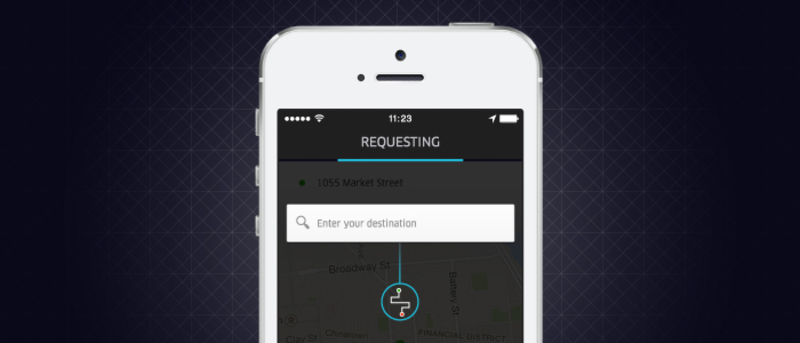
To fix these problems, Holden added two new features that were destination input by the rider and turn-by-turn navigation on the driver app. These new modifications were a hit that somehow helped Uber even stronger. It was a true phenomenon that helped Uber to successfully operate in 262 markets worldwide by the end of 2014.
Its dramatic growth has led to more enemies. And lots of that animosity was supposed to be due to the brash nature of CEO Travis Kalanick. His speaking without any reserve and inability to hold his tongue soon led him to troubles. Kalanick was considered as a typical boy for political incorrectness, he once stated that he could land women as fast as a person could call for an Uber.
Kalanick’s troublesome personality only brings a disgrace to Uber’s reputation. Moreover, some reports publicly announced some of Uber’s underhanded tactics used to weaken its competitor, Lyft. These facts began to turn Uber to become an evil company or a bully in the marketplace.
In some cities, people even avoided Uber which was politically correct. And things became worse when an Uber driver in Delhi was convicted of raping a passenger.
In early 2015, a new executive, Joe Sullivan, was hired to supervise the digital and physical safety. He had a long plan with the view of tightening the management of driver activity. Its control became stricter to the extent that it could tell whether a driver is holding his phone while driving or braking too hard or going too fast.
By the beginning of 2016, Uber was even more developing. Rather than falling down from one crisis another, it attempted to improve its public image. In detail, the company cooperated with Mothers Against Drunk Driving to encourage the young to take an Uber rather than drink and drive. Besides, it collaborated with the hospitals to make it cheaper and more convenient for cancer patients to return home from treatments.
Valuable Lessons from Uber
Although Uber is such a remarkable case study about how fast a start-up could grow, this company still faced up with numerous challenges coming from its short-cut strategies. Accordingly, there are several different lessons for entrepreneurs to learn from Uber’s growth that could be applied for their own businesses.
#1: Find genuine solutions to real-world problems
Every business exists to serve a need for its customers. By contrast, most companies choose the same business models as others, which are not providing enough solutions for the problems that the customers face. Thus, the companies which can bring unique services and products would receive more spotlights and grow much more quickly.
Uber proves itself to be a unique brand that could solve numerous problems that the customers had to face with the traditional cab companies. That Uber can keep its service unparalleled by any of its current competitors has been the reason why Uber could grow rapidly.
The customers would be willing to pay for a service or product that could offer something better even if it is more expensive. Thus, one key takeaway here is to prioritize the ways or solutions for customer’s issues that your competitors have overlooked. Also, when your company could solve the problems, then it is important to make sure that its marketing strategy is communicating effectively about the benefits over competitors.
#2: Leverage word of mouth
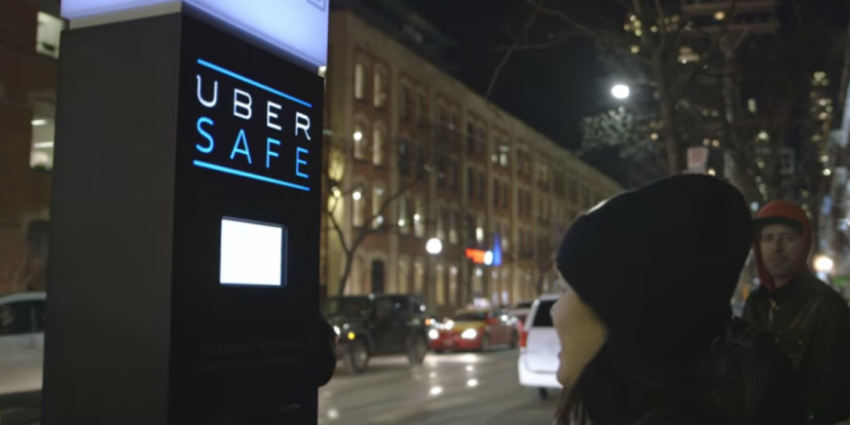
It can be said that Uber’s growth has relied heavily on word of mouth. While the company is introducing new ways of marketing, still word of mouth remains to be the best way to reach new customers.
There are plenty of reasons why word of mouth should be taken advantage for the growing companies like Uber. For instance, the benefits are nearly endless. It is true to say an advertisement can help a company to reach a handful of people, but when the ad is taken down, the effect will be no longer there. In contrast, if a company provides truly superior service, word of mouth will create the big snowball effects that attract even more customers for a longer time period. Moreover, word of mouth is completely free. And banner ads cost lots of money. This is an important thing to notice since, in the current economy, several businesses are stuck with the cash shortage, which prevents them from maximizing the impact of their limited resources.
Hence, word of mouth plays such a crucial role in any growing business like Uber. To be more successful and impactful, start-ups need to know how to effectively leverage this technique and make the customers more satisfied since they are the most powerful brand advocates, which could help the company’s brand grow to its fullest potential.
#3: Minimize infrastructural requirements
It is inevitable to face higher expenses as a startup grows. However, if that company knows how to reduce the infrastructure, which could decrease the costs, then it will be more likely to take the lead.
Uber could grow so quickly since it does not bear the same overhead expenses as traditional cab companies. Also, a less complex infrastructure could enhance the companies’ adaptation to changes more quickly, which somehow helps them to avoid some of the challenges that would otherwise hold back growth. As known, labor cost takes up a huge amount of total expenses that any transportation companies have to face. However, Uber knows how to save that amount of money by hiring noncommercial drivers.
On the other hand, Uber was not always cost-effective before. A report by Kellogg University in 2012 announced that Uber’s rates were roughly twice as high as cab companies. Initially, the company only focused on how to improve its service, but later it unveiled a new framework that could give it a competitive advantage on price. And it worked when only within a year, the company went from a costly alternative to taxis to being 10% cheaper.
Maximizing the cost-effectiveness without giving up any core visions should be put on the priority list of every startup. Though this is not so easy for bigger organizations, as they lack the flexibility to adapt more quickly compared to smaller ones. For example, IBM had to give up on its PC market in 2002 because its infrastructural costs were basically too high to compete with the organizations with smaller margins. In the end, controlling the expenses is one of the key factors setting one business apart from others. Thus, if you want to be outstanding among intense competitors, one of the best ways is to mimic Uber’s strategy which is to be as cost-effective as possible.





